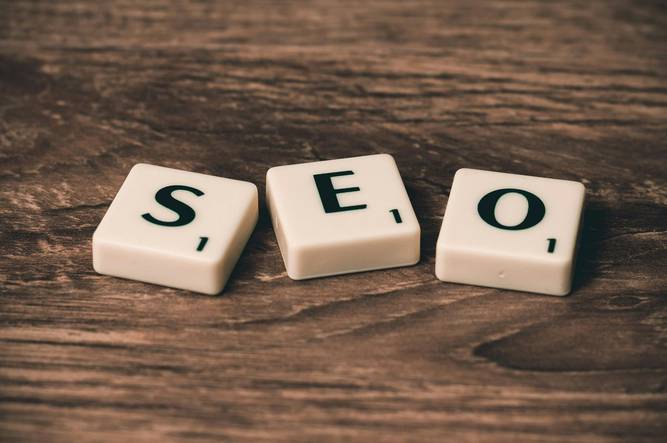As the digital landscape evolves, programmatic advertising stands at the forefront of innovation, blending technology and creativity. With the rise of artificial intelligence (AI), marketers are faced with a pivotal question: will AI-driven optimization surpass human expertise in crafting effective advertising strategies? In this blog, we will explore the current state of programmatic advertising, the role of AI, and how human intuition still plays a crucial part in this dynamic field. Let’s dive into the numbers and trends that are shaping the future of advertising! ?

The Rise of Programmatic Advertising
Programmatic advertising has transformed the way brands connect with consumers. According to eMarketer, programmatic ad spending in the U.S. is projected to reach $98 billion by 2023, accounting for 88% of all digital display ad spending. This rapid growth highlights the increasing reliance on automated systems to buy and sell ad space in real-time.
Key Statistics on Programmatic Advertising
| Year | U.S. Programmatic Ad Spend (in billions) | Percentage of Digital Ad Spend (%) |
|---|---|---|
| 2020 | $63.0 | 82% |
| 2021 | $75.0 | 84% |
| 2022 | $87.0 | 86% |
| 2023 | $98.0 | 88% |
The table above illustrates the remarkable growth of programmatic advertising over the past few years. As brands increasingly allocate their budgets to programmatic channels, the competition for consumer attention intensifies. This is where AI comes into play.
The Role of AI in Programmatic Advertising
AI technologies are revolutionizing the way advertisers optimize their campaigns. By analyzing vast amounts of data, AI can identify patterns and trends that humans might overlook. Here are some key benefits of AI in programmatic advertising:
-
Real-Time Bidding: AI algorithms can analyze user behavior and bid on ad placements in real-time, ensuring that ads reach the right audience at the right moment. This leads to higher conversion rates and better ROI. ?
-
Predictive Analytics: AI can forecast future trends based on historical data, allowing marketers to make informed decisions about their campaigns. This predictive capability is invaluable for budget allocation and strategy development.
-
Personalization: AI enables hyper-personalized advertising experiences by tailoring content to individual user preferences. This level of customization can significantly enhance user engagement and brand loyalty. ❤️
AI vs. Human Optimization
While AI offers numerous advantages, human optimization remains essential in the programmatic landscape. Here’s a comparison of the strengths of both approaches:
| Aspect | AI Optimization | Human Optimization |
|---|---|---|
| Speed | ⚡ Instant data processing | ⏳ Slower, but thoughtful decision-making |
| Creativity | ? Limited to data-driven insights | ? High creativity and emotional intelligence |
| Adaptability | ? Adapts to data trends | ? Adapts to cultural and social changes |
| Cost Efficiency | ? Reduces operational costs | ? May require higher salaries for skilled professionals |
While AI excels in speed and data analysis, human marketers bring creativity and emotional intelligence to the table. The best approach may not be to choose one over the other but to find a balance that leverages the strengths of both.
The Future Landscape
As we look ahead, the integration of AI and human expertise will likely define the future of programmatic advertising. According to a report by McKinsey, companies that effectively combine AI with human insight can achieve up to 30% higher marketing ROI. This synergy will be crucial as brands navigate an increasingly complex digital environment.
Trends to Watch
-
Increased Investment in AI: Companies are expected to invest heavily in AI technologies, with spending projected to reach $110 billion by 2024. This investment will drive further advancements in programmatic advertising.
-
Focus on Privacy: With growing concerns about data privacy, marketers will need to adapt their strategies to comply with regulations while still leveraging AI for effective targeting. The balance between personalization and privacy will be a key challenge.
-
Emergence of New Platforms: As new advertising platforms emerge, the landscape will continue to evolve. Marketers will need to stay agile and adapt their strategies to leverage these new opportunities.
Conclusion
The future of programmatic advertising lies in the collaboration between AI and human optimization. By harnessing the power of AI while retaining the creativity and intuition of human marketers, brands can create more effective and engaging advertising strategies. As we move forward, staying informed about trends and advancements in this field will be essential for success.
For more insights on programmatic advertising and the role of AI, check out resources from eMarketer and McKinsey. The journey ahead is exciting, and the possibilities are endless! ?



